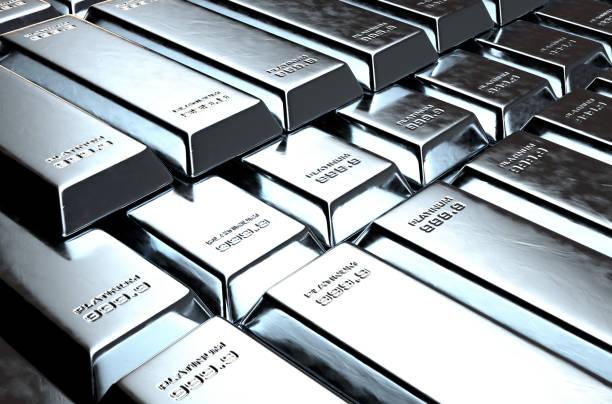Zimbabwe's platinum resources are out of reach for most of the investing public. Platinum is one the largest generators of the foreign exchange for the southern African country. Zimbabwe has generated the most income in foreign exchange since 2013 due in large part to high platinum prices. There is currently no mechanism for investing in
[elementor-template id="94265"]
